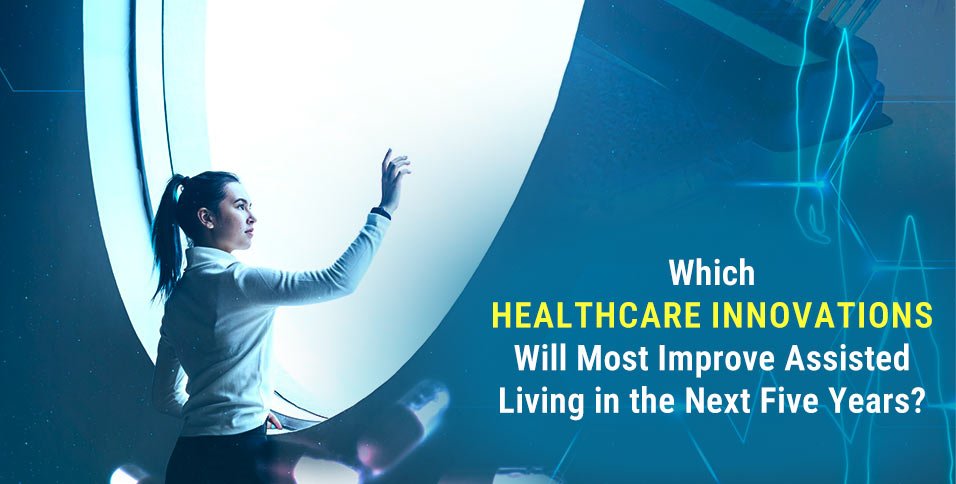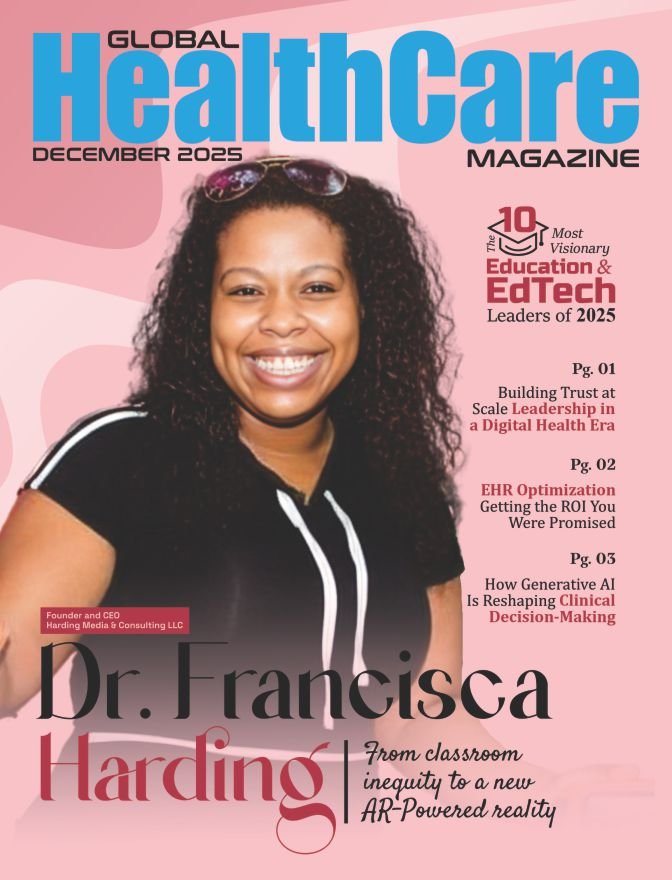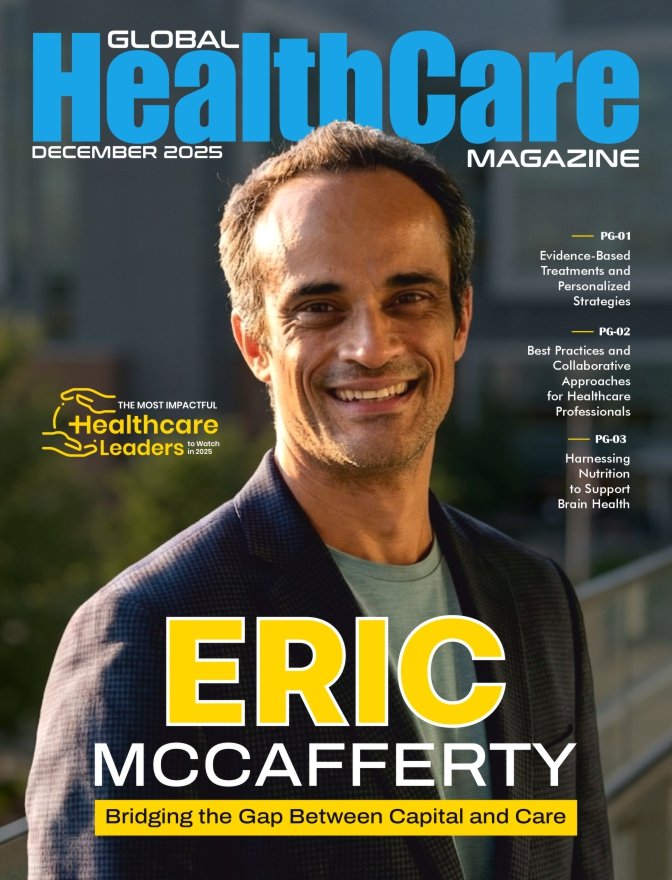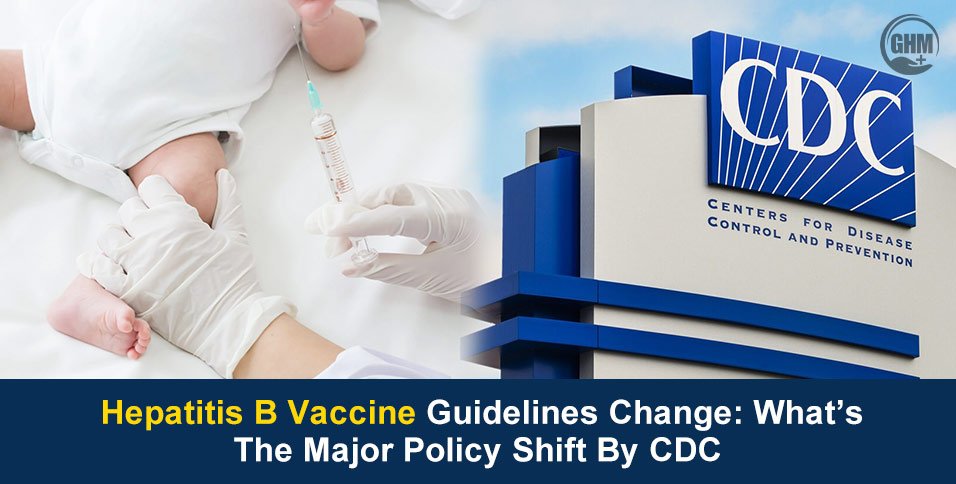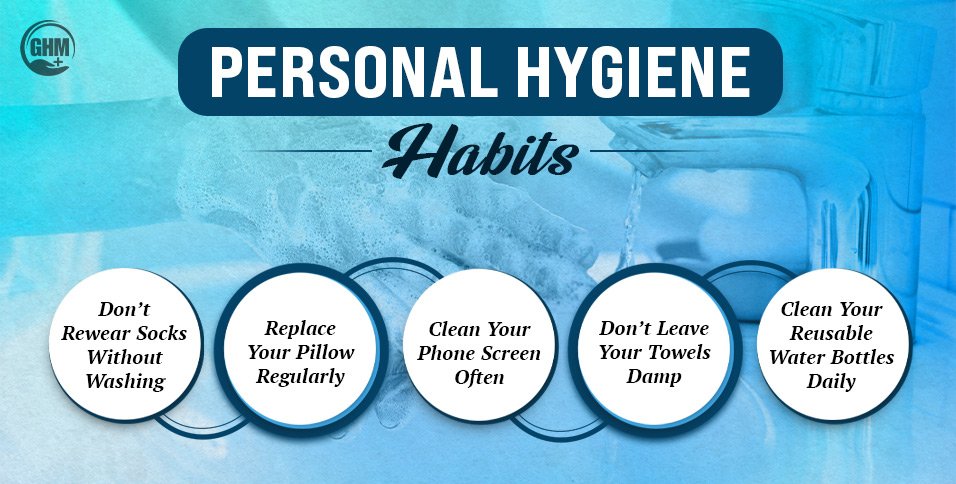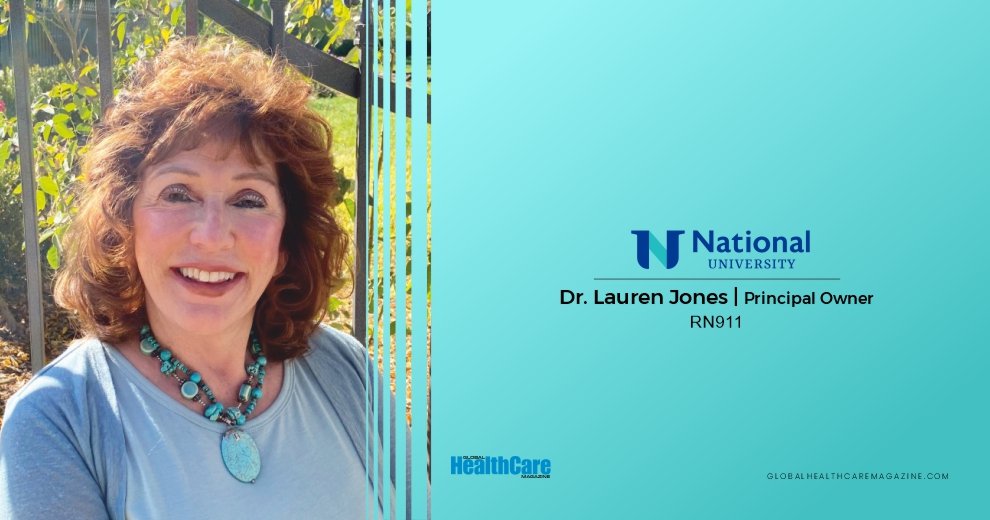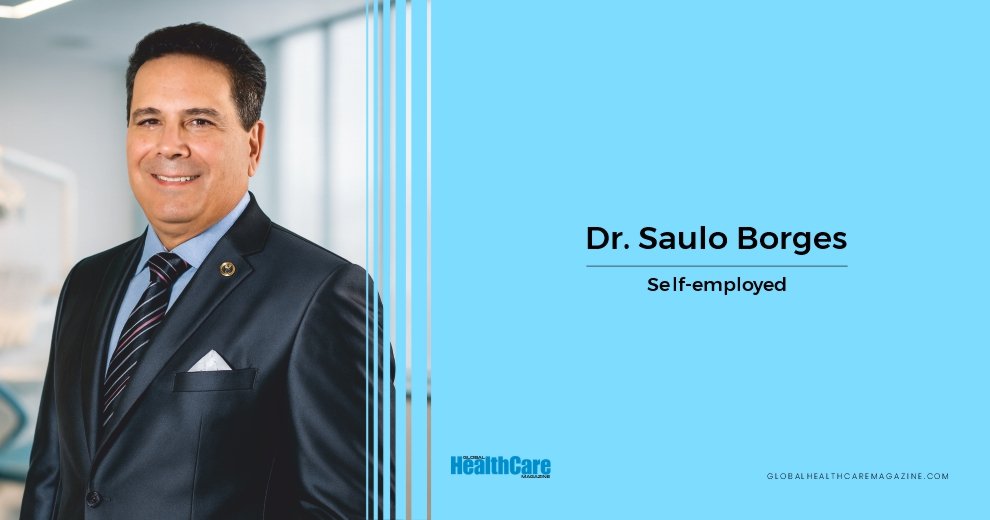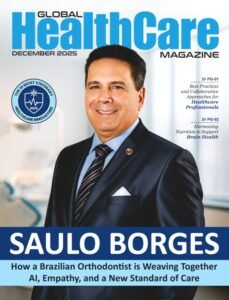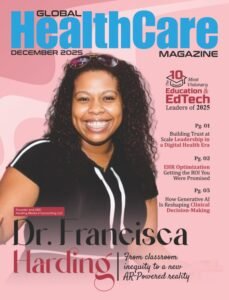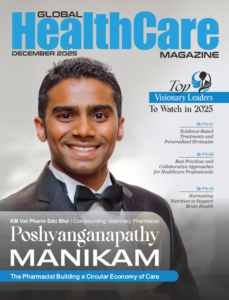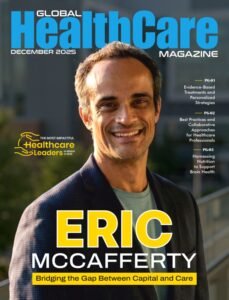Big picture
Assisted living sits at the crossroads of healthcare and home, and the wider industry now pours out insights on tech, workforce, and care models that can change the daily experience for residents and teams, because the ideas that push hospitals and clinics forward often translate, with tweaks, to communities that support older adults while keeping dignity, autonomy, and connection alive. Leaders across care settings focus on outcomes everyone cares about—fewer hospital trips, quicker recovery, better mood, less isolation—and that focus lines up with what families want from assisted living today. The pipeline looks strong.
Tech
Telehealth matured fast and gave residents quick access to primary care, urgent care, and specialists without a van ride, which cuts stress and keeps continuity; pair that with remote monitoring and you start catching trends early, like fluid shifts, sleep disruption, or movement changes that hint at infection or fall risk long before a crisis hits. Teams can deploy:
– Wearables that track heart rate, rhythm, and activity
– Bed and room sensors for sleep, bathroom use, and gait
– Smart inhalers and connected glucometers for chronic disease
– Computer vision that spots unsafe patterns without filming faces
Layer in medication safety tools—closed-loop dispensing, barcode checks, pharmacy integration—and med errors drop while adherence rises, because the system supports nurses and caregivers instead of giving them more boxes to tick. Simply implementing a barcode scanner in a hospital setting can dramatically increase efficiency while reducing errors.
AI and analytics
AI already helps triage nurse calls, summarize visits, draft care notes, and flag risk, and when leaders train models on the right signals with solid guardrails, the tech saves time while raising the floor on quality. Predictive tools can rank residents by readmission risk, dehydration risk, or delirium risk after a hospital stay, then cue targeted huddles and small interventions that pay off. Don’t chase shiny objects. Build an integrated stack:
– Shared records with real-time data from sensors and pharmacies
– Interoperable messaging with hospitals and home health
– Dashboards for unit leads that turn data into one-page action
Care teams need explainable outputs, not black boxes; when the model says “fall risk up,” the screen should show the drivers, like reduced step count, nighttime wandering, and new meds with orthostatic effects, because clarity builds trust and speeds action.
Workforce
Burnout drives turnover across the sector. Assisted living can borrow proven moves from bigger health systems: flexible staffing pools, mental health support, micro-learning at the point of care, and career ladders that turn aides into med techs and med techs into LPNs. Strong teams win. Leaders can:
– Schedule by skill mix and resident acuity, not fixed ratios
– Use coaching huddles and short simulation drills each week
– Bring pharmacists, PTs, and social workers into care circles
– Recognize wins daily with peer shout-outs and small rewards
Training lands better when it’s brief, repeated, and connected to real cases on the unit, and when leaders close the loop by showing how a new fall protocol cut injuries last month, staff lean in.
Care models
Partnerships with hospitals and physician groups shape the future here. Value-based contracts and preferred post-acute networks steer resources into assisted living communities that can track outcomes and share data cleanly, and those communities often gain same-day telehospitalist consults, rapid lab access, and smoother transitions. Dementia care also advances: sensory design, personalized music, circadian lighting, and movement programs lower agitation and improve sleep without stacking sedatives, which lifts morale for residents and staff at the same time. Food matters. So does purpose. Community gardens, intergenerational programs, and volunteer roles give structure to days, and the health impact rivals medications for many people.
Policy
Rules on interoperability, privacy, and staffing evolve, and the shift toward home- and community-based care keeps pushing payers to reward prevention over rescue. When states align waivers and managed care contracts with measurable outcomes in assisted living—falls, ER use, med safety, pressure injuries—operators gain a clear target and a path to fund the tools and training that hit it. Emergency readiness also moved from a binder on a shelf to an all-hazards plan with drills, backup power, climate resilience checks, and pharmacy contingency workflows. Families ask about this now. Regulators do too.
Design
Smart design reduces workload and increases safety. Wider sightlines cut walking miles per shift, slip-resistant floors with subtle contrast help gait, and acoustic control lowers stress for residents with cognitive change, and when you add daylight, green space, and flexible common rooms, engagement rises without adding staff hours. Robotics helps at the margins—delivery bots for linens and meals, UV cleaning for high-touch areas—freeing people to spend time where only people can help. Small wins add up.
Global lessons
Other countries offer ideas you can adapt. The Netherlands showed how small-home models and green care farms support strong social connection while meeting care needs. Japan experimented with social robots and exoskeletons that reduce strain and extend careers for caregivers. Scandinavia built co-housing that blends privacy with shared life. None of this lives on an island; the best results arrive when leaders combine culture, design, and tech, then track the outcomes with honesty.
Family experience
Families want clarity, speed, and a voice in care. A simple portal with updates, care plans, and secure chat lowers anxiety and cuts phone tag. Virtual family huddles give working daughters and sons a seat at the table. Transparency builds trust.
A voice from the field
“Assisted living succeeds when technology fades into the background and relationships do the heavy lifting,” says Larry Wilson, MD, a geriatric doctor and Certified Senior Advisor at Mirador Living.
What to watch
– Fall prevention that blends sensors, meds review, and strength training
– AI scribe tools that cut charting time and give nurses time back
– Pharmacy integration that tightens safety and lowers polypharmacy
– Value-based partnerships that reward prevention and strong handoffs
– Small-home designs that lift joy and shrink infection spread
The path ahead looks practical. Start with data that flows, tech that saves minutes, training that sticks, and partnerships that share risk and reward, and you’ll build a community where residents feel at home while getting the right care at the right time, which is the point of assisted living in the first place.

